In this reflective episode as we approach Yawn’s fifth anniversary, Sam and Grace chat about the processes that have been introduced throughout the agency’s journey.
The podcast offers insights into time tracking, sales pipelines, task management and more – including why they were necessary and how they’ve helped.
Meet your hosts

Sam Edwards
Sam Edwards has a wealth of experience devising strategy and managing marketing campaigns across industries, with a particular focus on standout, creative campaigning. He has his heart screwed on and his head in the right place.
Beyond Yawn, Sam works with The Feed social enterprise as a Non-Executive Director, working to prevent poverty, hunger and homelessness in Norwich.

Grace Appleby
Grace Appleby oversees all of Yawn’s precious relationships with clients, friends, partners and suppliers, and enjoys nothing more than meeting new people.
In her free time, Grace is a networker by nature – organising events for the Buy Local Norfolk community and running Norfolk Women’s Marketing Network C.I.C.
Transcript
Grace: Welcome to the Yawn Marketing Podcast. We believe good marketing is like a yawn. It gets to you and goes around the room.
Sam: We’re an agency and consultancy based in Norwich, and as we celebrate our fifth anniversary, we wanted to step outside the business and reflect on the journey so far. I’m Sam Edwards, the agency founder, and I’m joined as ever by Grace Appleby, our client service director.
Grace: We’re gonna be looking at the highs and lows of agency life and everything in between, so let’s get into it.
Sam: Grace, what are we talking about today?
Grace: Today we are talking about process, something that we’re both rather allergic to.
Sam: Yeah, this is my least favourite topic. And also the one that I’m least qualified to talk. So we’ll see what the next half hour looks like. Should we start by talking about the process that we started out with, this’ll be quick.
It was nothing. We had a big whiteboard, two meters by one meter. Remember those dimensions when I ordered it? Mostly because it arrived at my house and then I realized that I didn’t have a vehicle to transport that. But we had a big whiteboard and that, that, that was
Grace: That was our task management system.
We had a clock for which we used to track time, although we didn’t. And yeah, everything was shared between us, so there wasn’t a need for process.
Sam: Yeah, I wasn’t going to brag about the clock, but I think there’s quite a lot of offices now have them. That’s really, that’s something that has really caught on our benefits package.
Yeah, we had a clock. We also had a free app with clock in its name that we used to do very loose time tracking.
Grace: We didn’t do that straight away either, it took us a while to get to that point. Yeah. And we never really got the hang of it. Yeah.
Sam: Should we start by talking about the problems that come about when you don’t have any, I mean, time tracking is the most obvious kind of bit of process, or obvious to us now, because it’sunderpins our whole kind of business model, but the challenges that crop up when you’re not tracking time.
Grace: So tracking time in particular, when you are a service based business, which you are selling your time, essentially, you’re also selling your expertise, of course, and the outcomes, the deliverables of your work but in service, it takes time to do those things. Therefore, If you don’t know how much time it takes you to do something, it’s very hard to work out how much of that thing you can do.
And which is, I think, the problem that we found ourselves in. We had five clients, I think, at the beginning which used all of our time.
Sam:That’s a very neat kind of summary, and I was actually talking to some agency bods the other day and who are kind of owner operators in a pretty similar position to us back then.
And my challenge them, and I like to kind of throw this at people often really, if you track your time, even if you’re the only person, even if you’re freelance, just, one of you delivering a service. Track your time and allocate yourself some kind of hourly and you might discover quite quickly that this project over here that looks like loads of fun is actually completely unprofitable because even if I pay myself minimum wage, I’m actually still way over burning, I don’t make any kind of margin at all.
Other projects might be really lucrative for you, and you really don’t know that until you track it because if you do it all on a feeling, particularly if you then span that out and are doing it as part of a team, where you kind of egg each other on, there are loads of projects that we really enjoyed.
And if we, as soon as we started tracking time, we realized, ah, okay, you might be really enjoying that, but you’re overburning on that client enormously.
Grace: Which is really easy to do, especially when you enjoy something because you want to spend a lot more time on it. Yeah. But it doesn’t mean you should necessarily,
Sam: So time tracking is the most kind of stark bit. The other one is task management. I’m pausing there because again, that’s the bit that I’m most far away from.
Grace: Yes, Yawn does indeed have a task management system, one that Sam does not know how to use. Yeah,
Sam: I think I could use it if I wanted.
Grace: Yeah, sure, you tell yourself that. But yeah, task management is our other thing, which only became really important when delegation started happening, which again, when it was the two of us, it wasn’t the case because we quite literally had A short to do list on a whiteboard, and that was what we worked our way through.
Sam:When you say short to do list, we were doing quite big, complicated projects.
Grace: Oh, definitely. We could boil it down. Because we were together in one room, we didn’t need to write out huge descriptions or briefs for each other because we’d be chatting whilst we were doing it. Whereas now, that obviously isn’t the case.
Our team are busy and therefore they might not be working together when they’re doing something. Someone might set a brief and the person might be doing that. a few days later, perhaps. You know, we have a work from home structure, which means they might not be in person to do that briefing. So for us, task management became really important when delegation started happening, both for the briefing for the time tracking, which we do with our task management system.
And with kind of the status progress Kind of tracking that that we use as well because it’s very hard when you have a long task list to know where everything is at, whether it’s in quality control, whether it still hasn’t been started. And that became incredibly important for us as the team got to a certain size.
Well, that size was, I’m not entirely sure, but it reached a point where all of a sudden we needed it yesterday.
Sam: Yeah, we definitely crossed a threshold where things were pretty unmanageable and being able to look on a Monday and see. The, the exact status of every project across the agency, that’s a real blessing and it comes into its own.
Grace: And it’s brilliant for client service as well because if a client wants to know where something is at, even if you’re not the person doing that particular task, you can tell them. Yeah. And that’s really valuable.
Sam: It’s also really valuable from a sales point of view because I know exactly how, profitable each of our services are I know that I can look at different projects if I’m selling something today that is similar to something we did six weeks ago I can see I can see a really clear estimate of how much time that took And we can kind of kind of pivot accordingly.
I can also see because of kind of forecasting the kind of availability we’ve got within the team across different team members and different services and be able to kind of pitch things as we go there.
Grace: Yeah, which we find especially helpful when looking when new clients come in, working out who they should go with.
We look at a few things, you know, their affinity to the brand, but also how much time capacity they’ve got, because we only have so many hours in a day. We want to make sure our team can give their all to each client and headspace
Sam: Right as well.
Grace: Absolutely. Absolutely. You know, we found a sweet spot of kind of how many clients it makes sense for someone to manage because you need, you need to section off part of that headspace just to learn everything there is to know about that brand and yeah, it takes space.
Sam: Yeah. Well, we’re talking about that. The thing that’s taken up most of my space for the last five years has been sales and process is again, I’m pretty much allergic to it, but even I will concede that process has changed the way that we do. Yeah. So we used to do sales in a pretty haphazard way.
There was some process to it, but it was posted process and a gust of wind could completely disrupt my whole kind of sales pipeline. So I was able to like you know, put in a good proposal, keep an eye on it for kind of a week, couple of weeks, kind of like touch base with that client. But it was genuinely either post it or what, like. Me, it was based on me actually remembering to contact them and follow up.
Grace: Yeah, and I’d get an indication of whether something was going well, because I’d come in one morning and there’d be a post it on my desk saying, ask me about so and so. Yeah, yeah. And that’d be your only hint that there was something on the pipeline on its way.
Sam: And, we, like, the stages this has gone through, so at some point I, I put that all into, into a spreadsheet with a start date and end date and some kind of details about the project.
Grace: Yeah, and your first contact date has always been really important because you used to really stick to that and then you could tell us when something came in.
I’ve been talking to this person for 147 days or however long it was and that was really interesting because it started giving us an idea of lead time, which is something we hadn’t had before.
Sam:147 days, that’s, that’s like middling. Sometimes things take like, literally, two or three years. Admittedly, I’m generally going from the first time that I met that person.
Grace: And often, when they go in the pipeline, that’s not when a proposal is put to them. That’s when you know, someone kind of enters we do some kind of schmoozing. Yeah, yeah. Someone kind of enters your radar. It doesn’t necessarily mean that you’ve handed them a proposal and it’s taken them that long to reply.
Sam: Yeah, and because I’ve got a start date and end date, I’m able to see How many, I call them cold days, like how long it’s been since we last spoke. And, again, for some, sometimes if it’s a really kind of long life cycle to a project that may never actually kind of mature, cool, you can, you can leave it 90 days between speaking to them.
If we’ve talked about prices, if we’ve kind of run through services and things like that, then generally I’m, I’m talking to that person every couple of weeks or something until we kind of, kind of go.
Grace:I should just say, I think sales is probably one of our most process driven areas, because that’s not your current process.
That’s actually quite impressive for us.
Sam:Well, so the current, current process this is all, this is all, this whole episode is pretty nerdy, but I’m quite proud of this. Our current process I have two pipelines running. I’ve got a long pipeline with kind of conversations. You will see projects in there that have literally, as you say, been in there for two years.
It’s a nice kind of, I guess, it’s a pipe dream. Like it’s a thing that we kind of discuss. Anything that’s had a price attached to it. So if you actually put a proposal in. or we’ve discussed kind of indicative costs and things like that goes into a short pipeline and that’s a little bit more serious because I kind of report on that to the leadership team every week.
But there I’ve got the price that we’ve got it in at, the weighting against that, so the likelihood that it’s going to happen. Yeah, which I’ve got, I’ve got some kind of parameters for if we’re in a competitive tender.
Grace: It used to just be definitely finger in the wind.
Sam:Finger in the air. Yeah. So, yeah, if it’s competitive, then it’s like a set number of percentage, if it’s kind of non competitive, if it’s, if we’re negotiating terms.
And that means that I’m able to say, here’s, here’s the value of the pipeline today with some weighting applied. You asked me quite early on, why are we doing it? Like, what’s the point of that? What does it actually mean? And there were kind of two reasons for it. Number one, I didn’t, I was irritated, I kept on having to go to board meetings and to leadership meetings and saying, Oh, like pipelines looking really good.
I’m feeling really confident at the moment. And I just be met with kind of empty, empty stairs because what, like more confident the last week, more confident than the month before. Like, what does that mean now I can actually kind of apply a number to it. But the second reason that we do it is.
Over time we’re able to measure how accurate those percentages are and how close we are when if we say there’s a hundred thousand pounds sat in the pipeline after waiting. That, like, over time we were able to see whether actually that is 100, 000 or more likely 60, 000 or whatever it is. We still, we only started doing a kind of weighted pipeline kind of six months ago, so we’re still kind of getting there, but it looks pretty accurate so far.
Again, that’s genuinely quite, quite reassuring to know how hard you need to work from a sales point of view.
Grace:Yeah. And I think another kind of evolution of the sales process is, is the wins losses that you, that you now record, which we always took note of if, if we didn’t win something or something didn’t, didn’t kind of happen in the end we’d talk about why, but now logging that kind of in a sheet, whenever something has won or lost, it doesn’t just come off the pipeline and die somewhere.
We have got a record of it. It’s been really helpful.
Sam: And we can see. This is the actual number against things that, for instance, just go cold. If, like, if that’s a way that we’ve lost something, it’s because that person’s just gone quiet on us and they kind of haven’t, haven’t answered the phone and, you know, and eventually they say, oh, like, we decided to go, to not do this in the end.
Grace: Yeah, and of course the most important thing of that is that it was what you can learn from the losses. And oftentimes, like you said, if it’s gone cold because they’ve changed their mind or they’ve hide internally or whatever, then that’s, you don’t pay too much heed to those ones. If, if you’ve lost out to a competitor or, you know, the pricing wasn’t competitive, then that’s really helpful to influence what you do going forward.
Sam: And again, so you just said about if the price isn’t competitive, being able to put a number against it and say, here’s how much revenue we could have enjoyed this quarter if our pricing, excuse me, was a little bit stronger. That’s really valuable for us to know.
Grace: Yeah, absolutely. So, yeah, sales process overall has come a long way, which then rolls from the pipeline, if something is successful, into onboarding, which has also had a bit of a facelift in terms of the process we follow.
Sam: On that cliffhanger, I reckon we should take a break. Okay. Come back and talk about onboarding, how we do it, what it means.
Welcome back to the Yawn Marketing Podcast. Grace, you were about to talk about onboarding.
Grace: I was indeed. We all used to have a bit of a giggle internally whenever some new business used to come in. We used to say that Sam would just throw it over the wall from biz dev into the delivery team.
Sam:And swan off.
And, and quite actually swan off, so we’d have a, we’d have maybe, not far off from the old post it days, you’d get an email just saying
Sam: Oh, no, it was in my voice note phase, I’m still in my voice note phase, but I had an app for a while that I was quite prolific with
Grace:So you’d come in one day, and you’d just have a voice note from Sam saying, “Hiya, new client, this is what they’re called, they start next week”, off you go!
Yeah. And we’d all just look around, like, sorry?
Sam: In fairness, often those voice notes went up to sort of 15 minutes.
Grace: Oh yeah, we all, we never listen to a voice note from Sam, unless it’s on at least two, two times speed. Even then, it’s not enough. But yeah, so that used to be the onboarding process, quite literally chuck the grenade in and run off.
Whereas now we have a bit more of a structure. So we tend to have a handover meeting. First of all, we’ve got a little table that we fill out, where we grill you for the information we need. So then you can swan off. And the disaster is not left in your wake. So we fill out the handover form which then usually Jess and I work out where things are going, what’s needed, who we need to kind of brief and get involved, and then we have kind of an internal briefing for what’s happening.
In terms of what the client sees, we have a kickoff meeting where we explain. Who Yawn is, how we work, what the team looks like, so there’s all transparency about who’ll be working on your account and that kind of thing, what to expect in terms of comms, and then we roll into, typically, a brand development process.
Sam:Yeah, some kind of brand development process, and this is something that very much evolved. Organically, we used to deliver. I mean, take something like social media, for instance, we used to get into some kind of retainer relationship. So we’re posting on somebody’s behalf and you get sort of six months in and fine, they would say. I mean, generally they would say this content’s looks really good, it feels really strong, but it’s not strategic for us. These are our objectives, and actually social media isn’t really kind of hitting them for us. And it, we could have pivoted at any time in the last six months, but we never really knew what they needed to do, because they would generally come to us saying, Can you do our social media? Can you do our emails?
Grace:This is back in the day when it was just you and then just you and me. It was very much someone said, can you do this? And we said, yes, we didn’t ask why.
Sam: Yeah. And so we after a bit of soul searching kind of said okay, right next thing that we win, we’re going to insist they go through what we call brand development.
So a discovery and a strategy as a kind of two step process and in discovery, we would. Pull the brand apart and the proposition whatever kind of audiences they’re working for we generally under under four headings who we are, what we sell, who to and how, and then we piece it back together again.
And we design a strategy and we get them to sign off on that strategy so that when we then embark on a kind of six month social media adventure, we know that we’ve got written up objectives. We know exactly what the KPIs are. We know exactly what the tone of voice is because we’ve gone through all that process.
As I say, I’m saying that thing evolved. We did it a couple of times because a retainer, we felt like it kind of merited it. And then we end up saying, right, everything is going to have to go through that. We will not take on any work unless the client is willing to jump in the deep end with a full brand development process.
And then we started selling that as a standalone service. So we would just do that brand discovery and then, and then leave them with a strategy they can implement themselves. Maybe do a bit of kind of training with the client and they’re kind of on their own. That’s a product that we’ve got that developed from a process that we, that we built specifically to deal with some of the kind of tricky onboarding that you guys had to face when I threw something at you that was actually a bit more complicated than I, than I kind of thought it was or kind of didn’t fit the mold.
Grace: It’s not even necessary that it was more complicated, but you would get to know a client and their brand during the sales process and then we start on day one and the folk who haven’t been in those chats. We’ve got no idea who the, who the brand is. And it’s those sessions. We always say, those of us who are in the room and we run them.
The discovery is all about the, the client talking. And the client does all the talking. It’s our job just to listen. Hey, how you describe your brand here, how you talk to each other about your brand. And it’s for us to get to know you as if we were part of your team. And then the second session is after we’ve gone away, we’ve got all the information we need to build the strategy and we come back and present it to you.
Sam: So we do all the talking. And I always think if I’ve done my job properly. I know everything about that client when they come in for discovery. And by the end of discovery, you guys know more than I do about that client, so you should be talking with more authority about what their objectives are and how they, how they communicate with their audience, all of that stuff.
That’s also, again, that’s the relationship building bit, that’s how we hand over effectively from sales to delivery.
Grace:For sure, and likewise with the strategy, you’ll have an idea in your early conversations with the client of What channels they might want to use, which tactics they might want to deploy.
But it’s only after we’ve actually unpicked that and the discovery. Yeah, It’s only after we’ve, we’ve done the research and we’ve kind of asked those explorative questions that we can actually build a strategy because you might think this is the solution to your problem. It likely isn’t. I’ve got a saying in the office, social media is the least of your worries, because often times people think that’s the solution and it isn’t always.
Sam: And again, we like, we do say that in the office quite often because people come to you saying, I need help with my social media. You then run them through discovery and strategy, brand development, and you say, Oh, actually, yeah, you leads or
Grace:more sales, then actually this channel might be more effective with the time and resource that you’ve got.
So yeah, those sessions. are really valuable and I think every time we go through that process, especially when a client’s had an expectation of what they think they need up top and it changes at the end, we’re reminded of just how valuable that that time with the client is.
Sam:Okay, over the last five years the one piece of process that has most Change things for us, I think is the process we’ve got with our team.
Okay. And I say it’s, it’s delivered most change because the way we’ve managed the team, the way that we’ve kind of nurtured talent, things like that I, I’m particularly proud of and it’s made the biggest, kind of difference, biggest impact on the business. I’m on the edge of my seat. What is it?
Well, no, no. As, as in that’s it, the, the process that we applied to the team. Okay. but it’s also probably our weakest bit in that it, it’s where we need to do most work. Do you want to talk about some of the processes that we’ve got for management and for kind of skills development and things like that?
Grace:Yeah, I mean, you can talk about the, the boring everyday bits, which I won’t dwell on, you know, we have one to ones every week, the line managers with the people in the team that they work with. And they’re kind of more personal check ins, kind of talking about workload and headspace and that kind of thing.
Sam: We used to do surveys with them once a week as well, rating your week out of, out of 10 and things like that and being able to kind of go back and kind of plot it on a graph and we got quite excited about that for a time and then kind of jettison that. We’ve gone through quite a few changes with that.
Grace: Yeah, we have. Whereas now those are, they’re different depending on the individuals. One person’s one to one will look very different from another’s because it depends what they need. We have our weekly meetings on a Monday, you know, as a team, again, very standard stuff. We have quarterly reviews with individuals for their kind of career development purposes and kind of performance reviews.
But yeah, I think the biggest thing that we’re developing at the minute is personal development plans, which we have, we have continued professional development. We give time to the team for that. They can book out, you know, time to, to research something they want to expand on or to upskill.
But looking long term at what someone can do to, to progress and to kind of move to the next step is something we. Haven’t done historically and I think we’ve always used the the excuse really that because we’re a small agency We don’t have a million positions. We don’t have every rung on the ladder currently filled so that you can see what progression at Yawn looks like.
And I think it’s, it’s taken us a while to realise that those positions don’t need to currently be there for us to be able to hypothesise the team and help them picture what, what a future at Yawn can look like. So that’s our current, our current kind of task is we’re trying to get those sorted for everyone in the team so that they know what they’re working towards, which I think is really important.
And it gives some structure to that CPD time because otherwise you’re, you’re learning to upskill on something. But it might not be the most valuable way to use it. So, yeah, it’s exciting. Watch this space.
Sam:The final thing that I would add with all of this, with the process, and we’ve talked a lot about how it’s not in our kind of natural skill set, is before you start implementing processes, that you’re aiming to kind of optimise things.
You need to identify the why, you need to understand exactly what the purpose is behind these kind of processes and optimisations.
Grace:Process for process sake is silly, and it’s just going to get you jumping through a million hoops that aren’t necessary and slowing you down in the grand scheme of things.
Sam: And we’ve given the kind of previous iteration of your own a bit of a kicking, but actually we didn’t have those processes in place because often we didn’t need them. If it was just you and me, we could move fast and kind of and we don’t thrive on process.
Grace:Yeah. It just bogs us down.
Sam: And a lot of this came from the psychometric testing that we did, which we’ve referenced before.
where when you, when you kind of chart where people sit within a kind of skills personality matrixes and things like that, a lot of them, they really value that those, those processes and they really need them in order to thrive. So even though it doesn’t kind of necessarily kind of stick to you and me,if you can build those processes, it really helps the whole team kind of operate and pull together.
Absolutely. What are we talking about next week, Grace?
Grace:Next episode, we are talking about Yawn Marketing’s marketing. And how to advertise an agency, which cobbler’s shoes and all that isn’t, isn’t necessarily the easiest thing to do. It’s often the last thing on our to do list.
Sam: It’s the thorniest bit on our list of episodes, I reckon.
Absolutely. Tune in. Thank you, and we’ll see you next time.




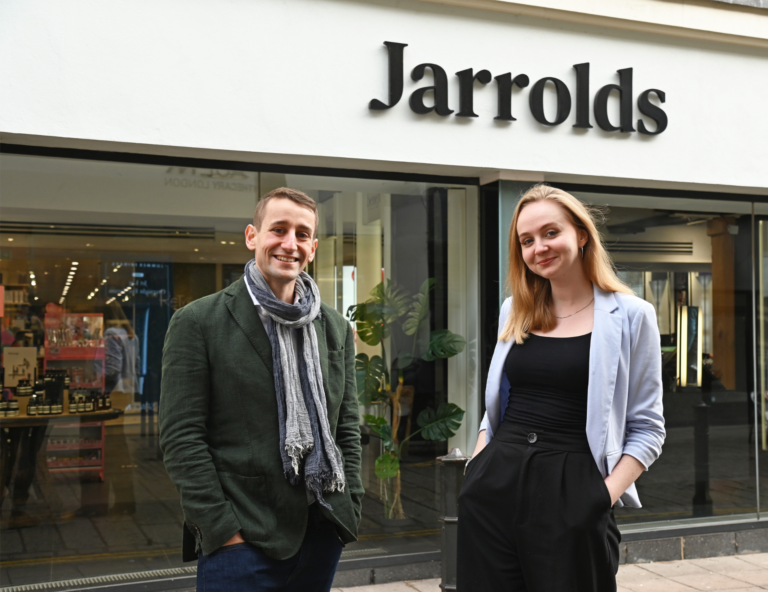
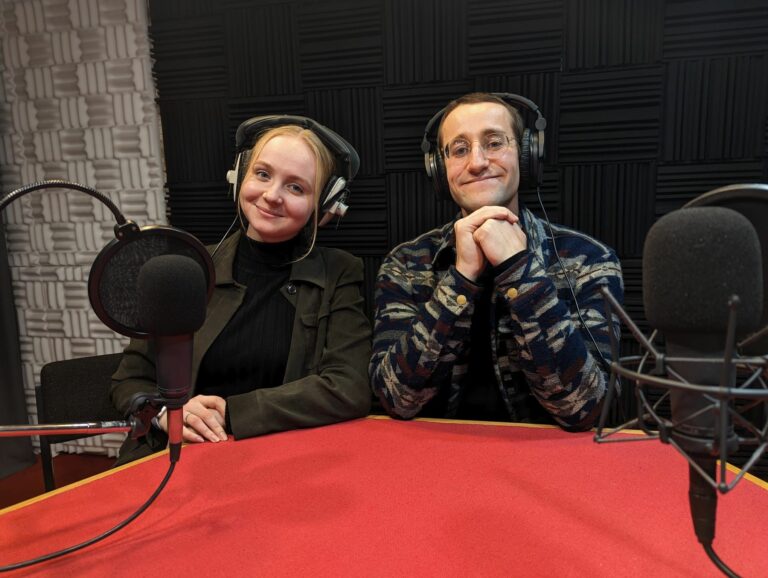





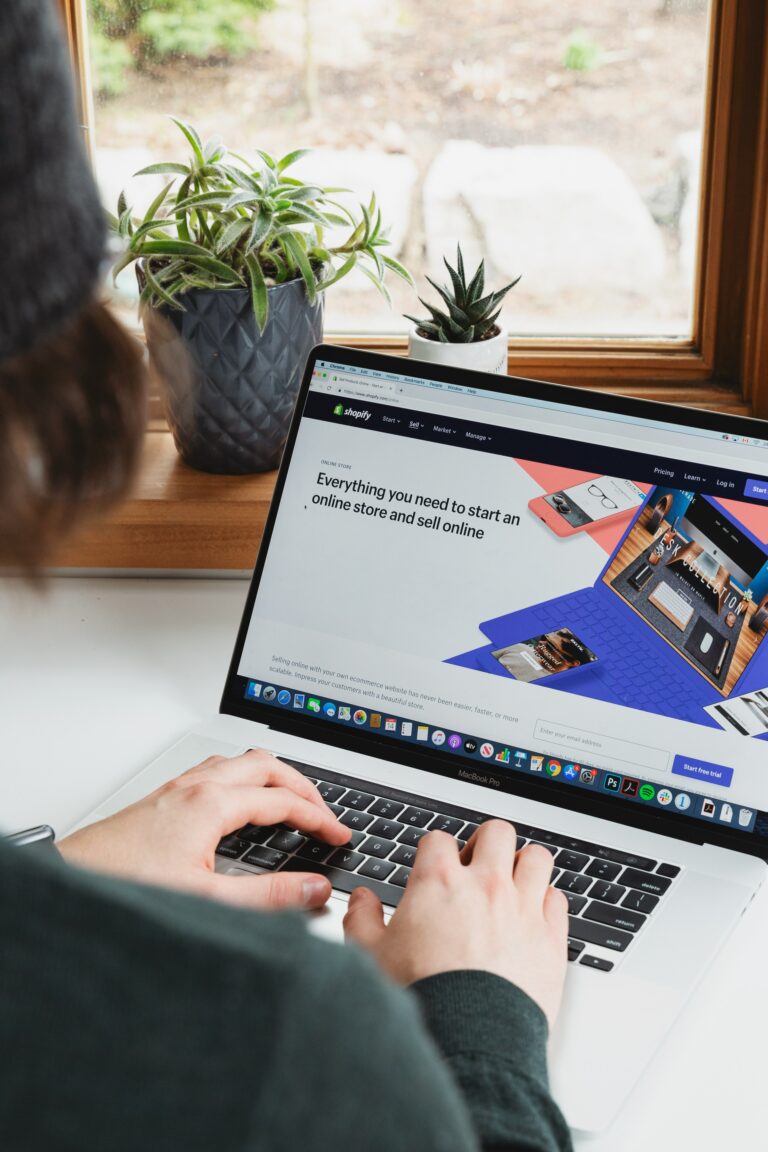

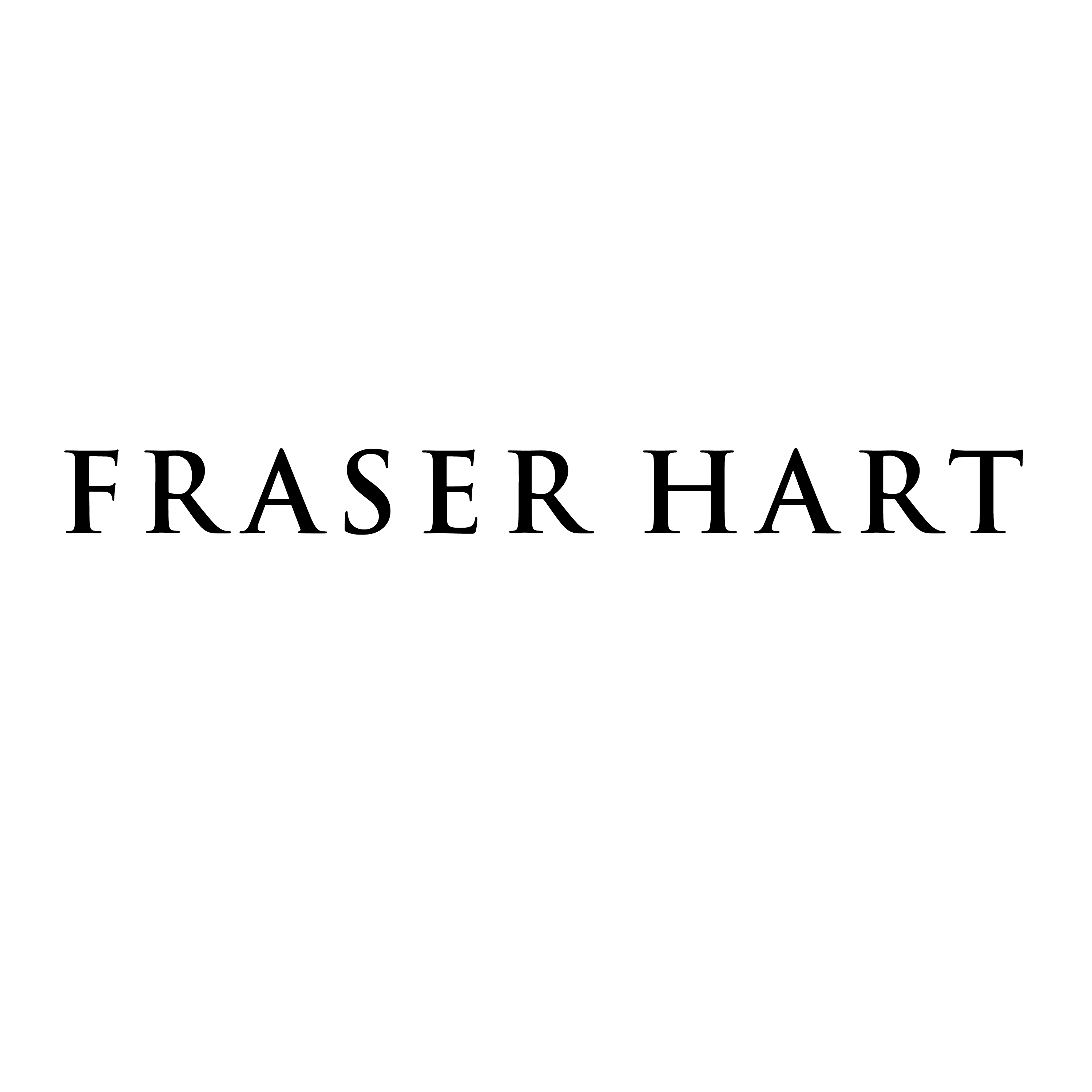
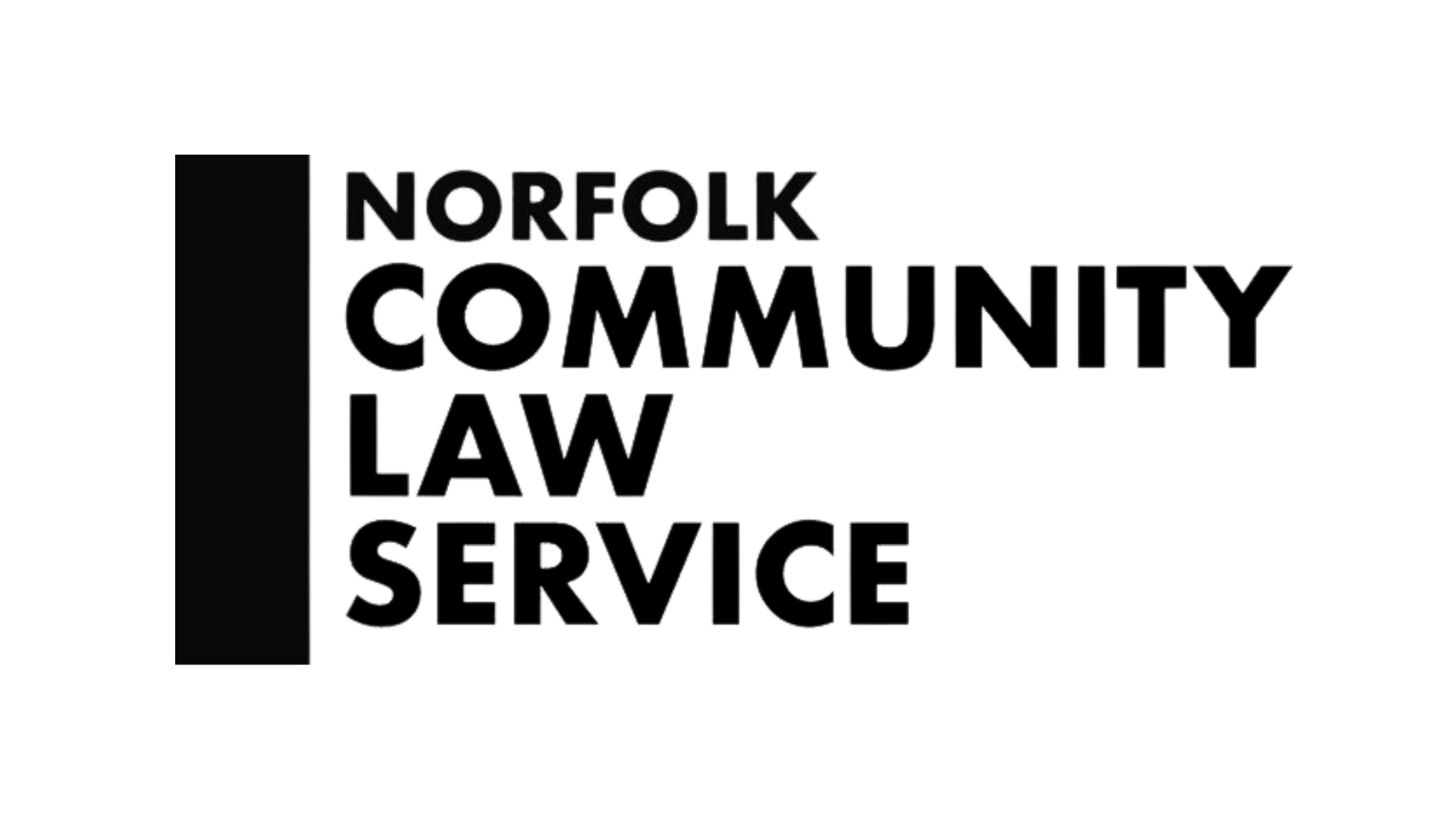


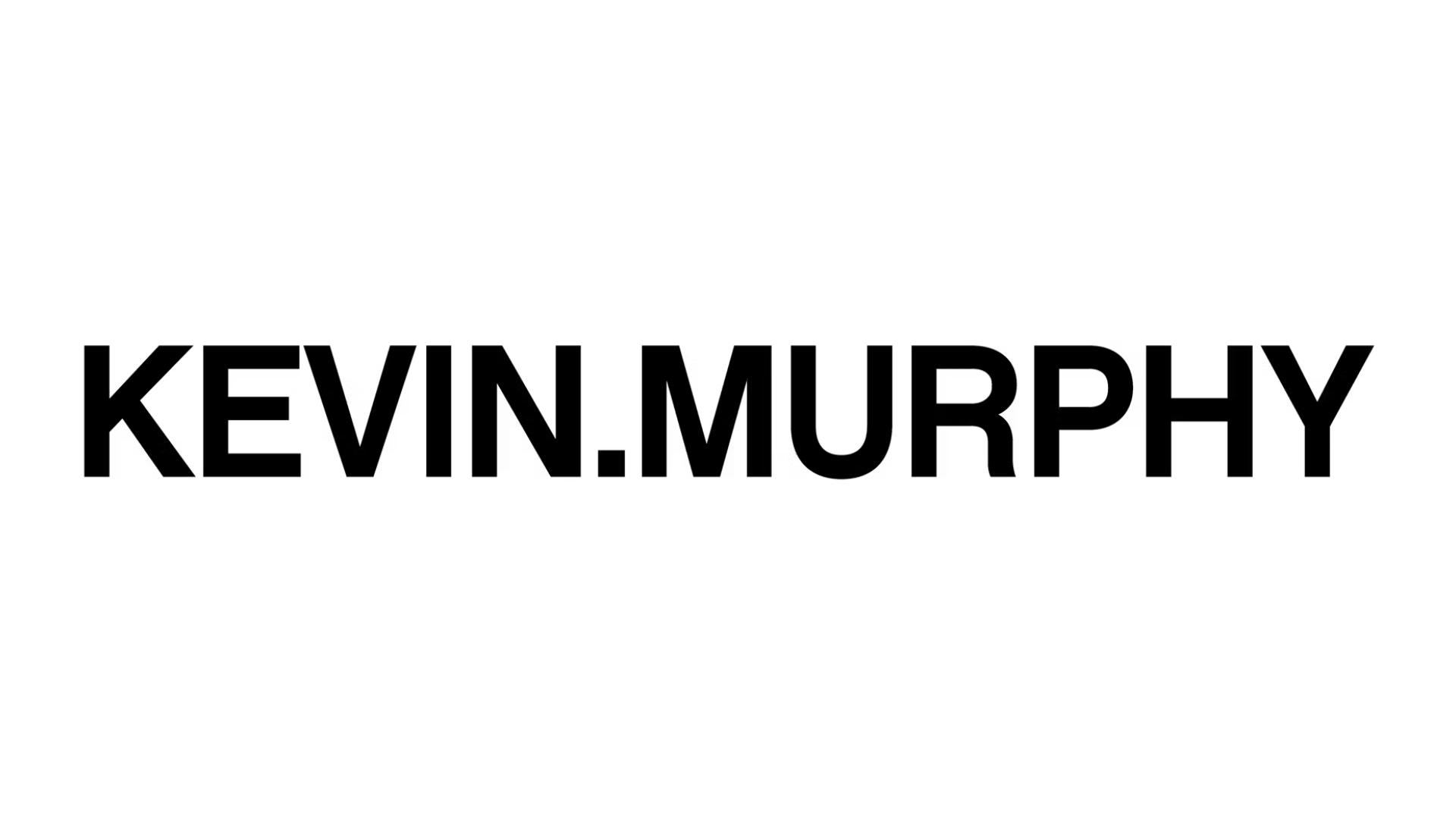
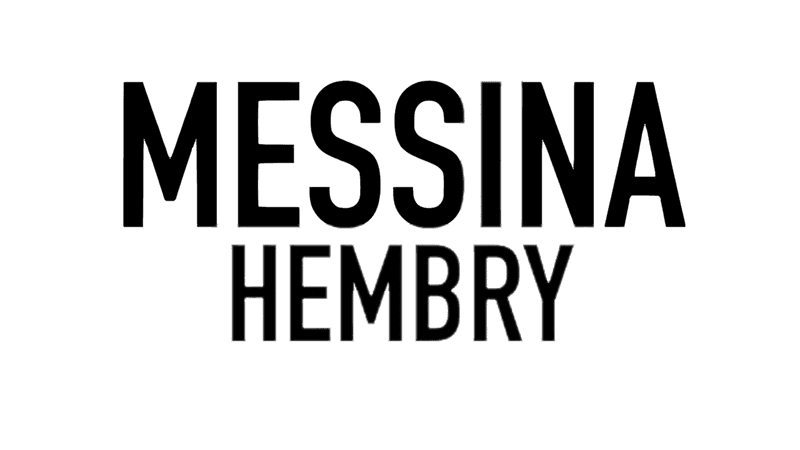
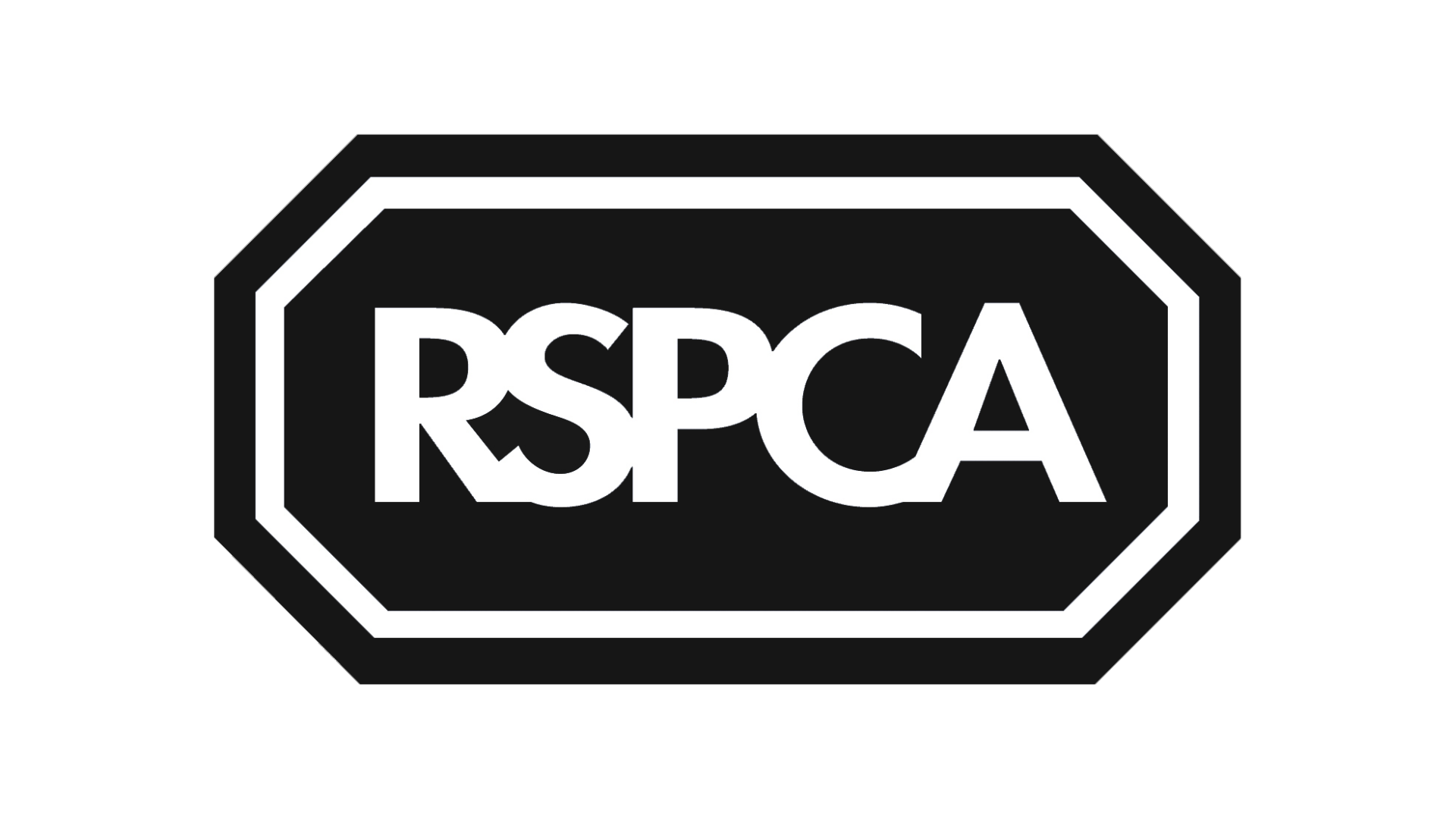


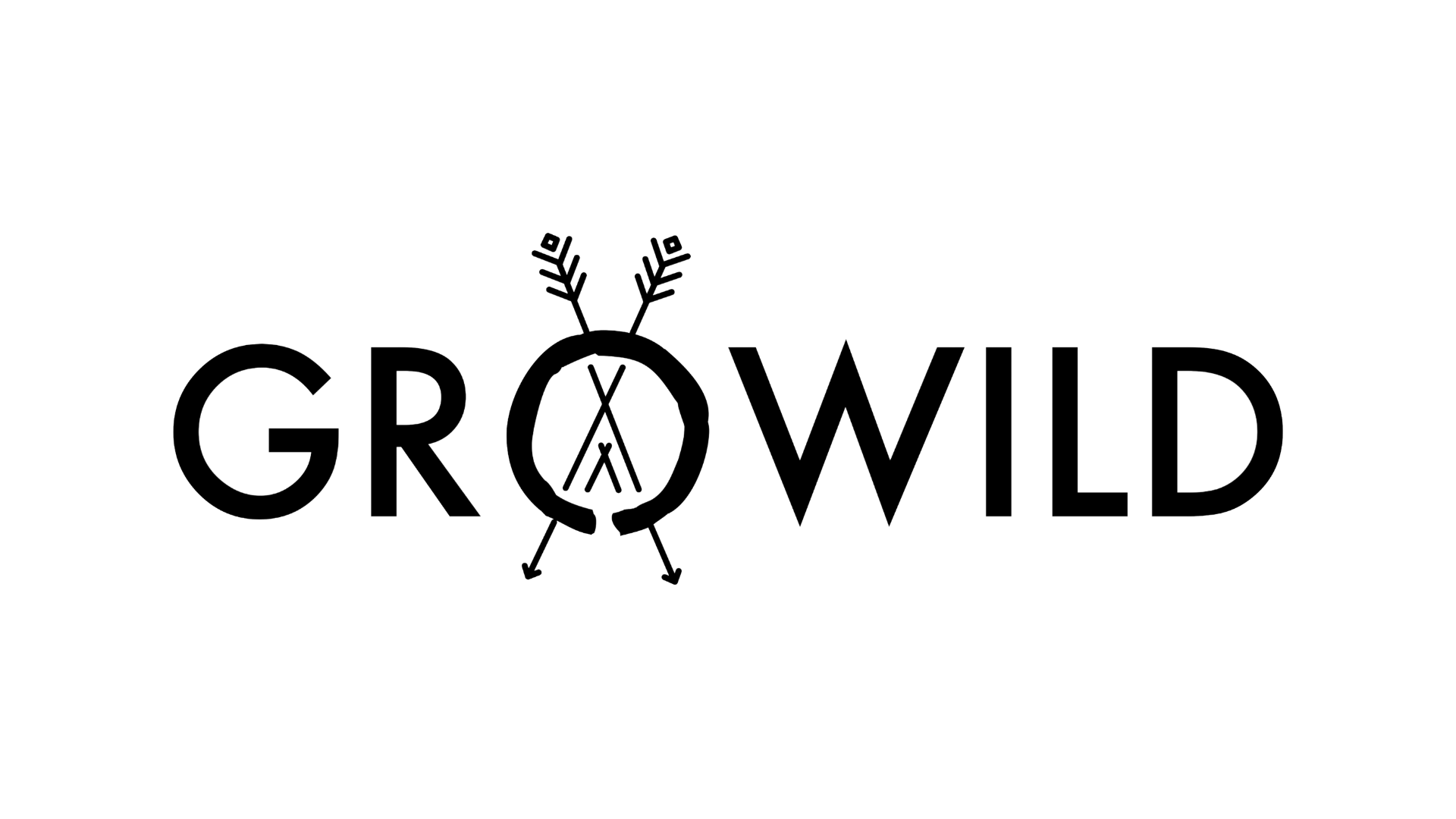
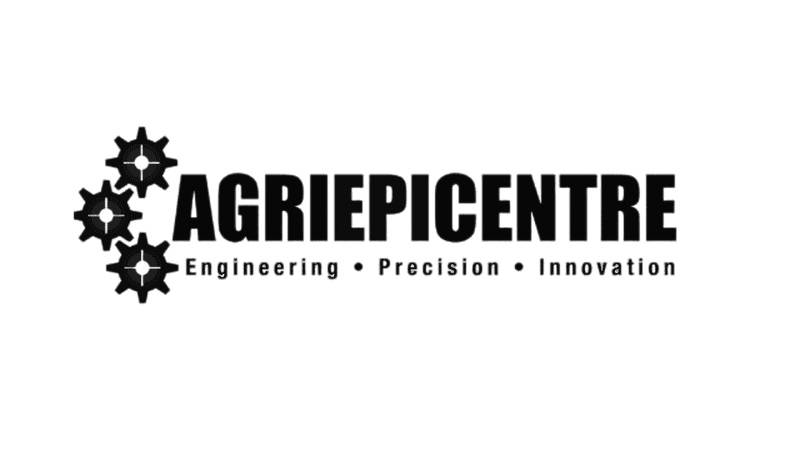


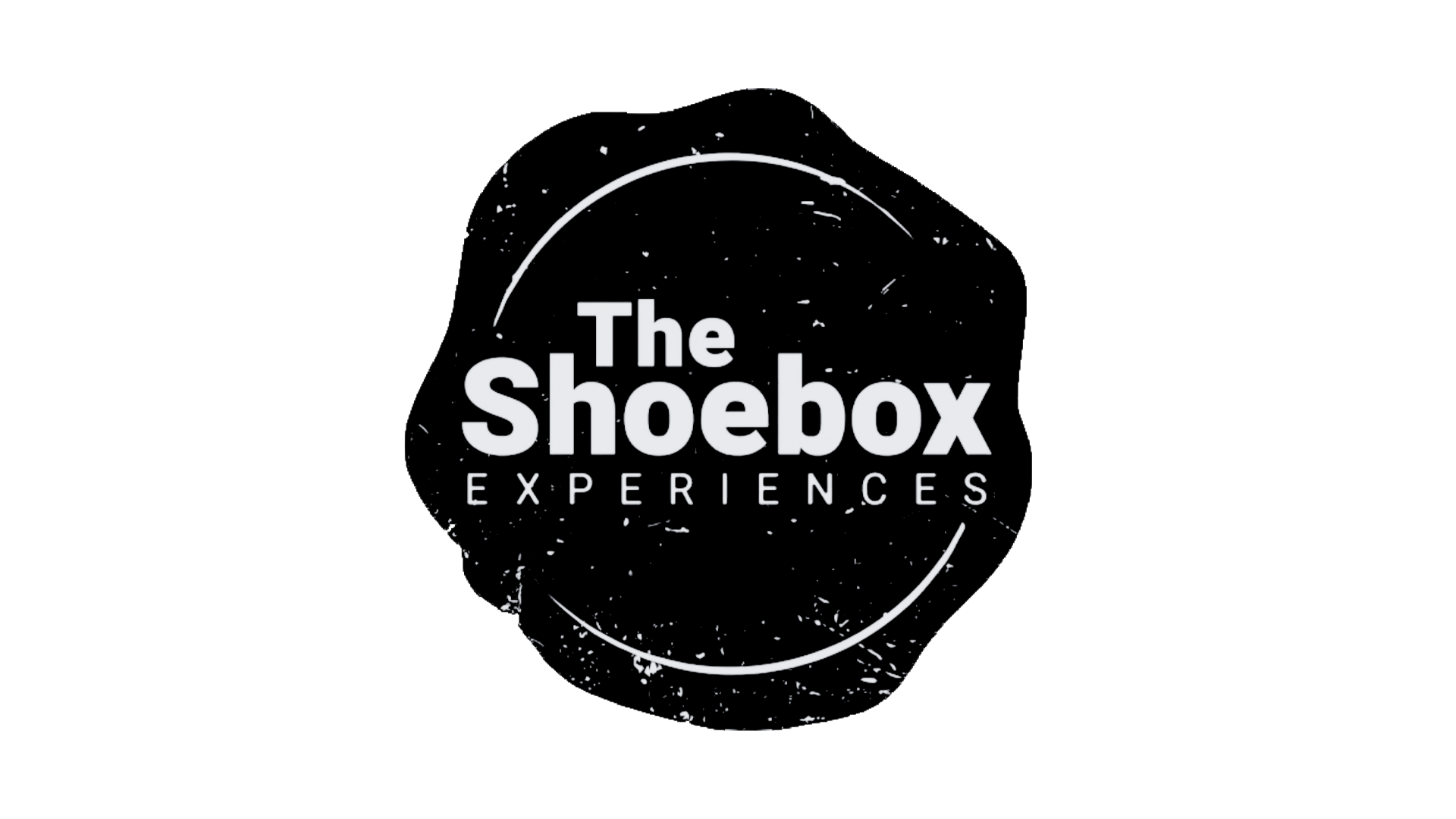


![[removal.ai]_7f27bf29-db53-435d-a634-4d6e7d4c0038](https://yawnmarketing.co.uk/wp-content/uploads/2023/01/removal.ai_7f27bf29-db53-435d-a634-4d6e7d4c0038.png)
![[removal.ai]_fb8dfe21-d7f5-4548-bd32-4e066ba3f972](https://yawnmarketing.co.uk/wp-content/uploads/2023/01/removal.ai_fb8dfe21-d7f5-4548-bd32-4e066ba3f972.png)
![[removal.ai]_a1271f54-b85f-4d55-8c8c-c0c256beb093 (1)](https://yawnmarketing.co.uk/wp-content/uploads/2023/01/removal.ai_a1271f54-b85f-4d55-8c8c-c0c256beb093-1.png)
![[removal.ai]_b81ff4af-ccff-4d3c-b358-e094865820af](https://yawnmarketing.co.uk/wp-content/uploads/2023/01/removal.ai_b81ff4af-ccff-4d3c-b358-e094865820af.png)
![[removal.ai]_60636a21-0918-4e97-8dff-085e9821386e](https://yawnmarketing.co.uk/wp-content/uploads/2023/01/removal.ai_60636a21-0918-4e97-8dff-085e9821386e.png)
![[removal.ai]_tmp-63bc0f493a216](https://yawnmarketing.co.uk/wp-content/uploads/2023/01/removal.ai_tmp-63bc0f493a216.png)
![[removal.ai]_258a25d0-cf81-49e2-97ea-eb5dba513e42](https://yawnmarketing.co.uk/wp-content/uploads/2023/01/removal.ai_258a25d0-cf81-49e2-97ea-eb5dba513e42.png)
![[removal.ai]_tmp-63bc0fb550b31](https://yawnmarketing.co.uk/wp-content/uploads/2023/01/removal.ai_tmp-63bc0fb550b31.png)
![[removal.ai]_tmp-63bc100312311](https://yawnmarketing.co.uk/wp-content/uploads/2023/01/removal.ai_tmp-63bc100312311.png)
![[removal.ai]_932dba74-335e-465d-a995-b96be4cec293](https://yawnmarketing.co.uk/wp-content/uploads/2023/01/removal.ai_932dba74-335e-465d-a995-b96be4cec293.png)
![[removal.ai]_tmp-63bc101f25d1c](https://yawnmarketing.co.uk/wp-content/uploads/2023/01/removal.ai_tmp-63bc101f25d1c.png)